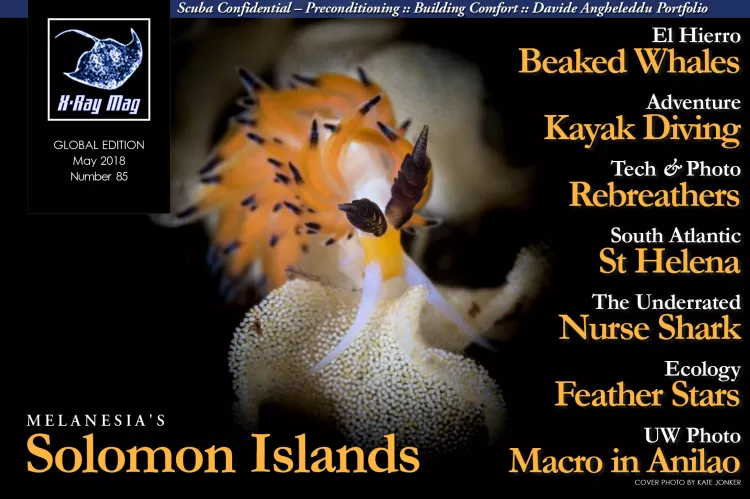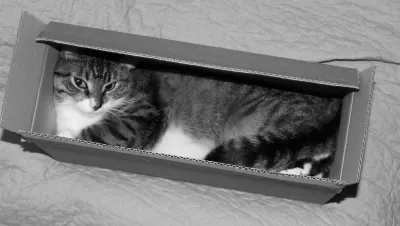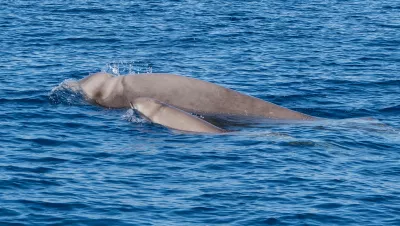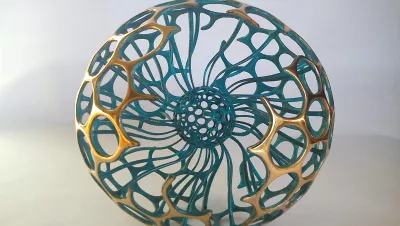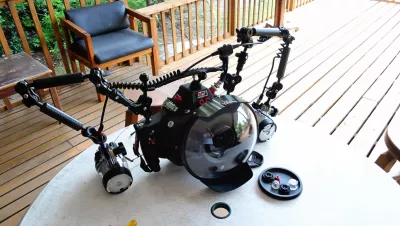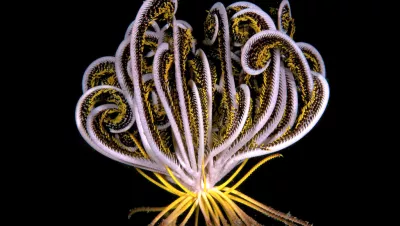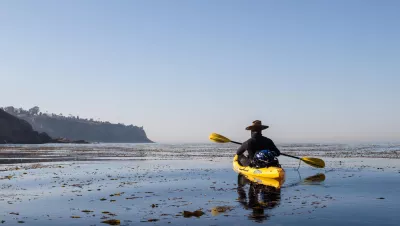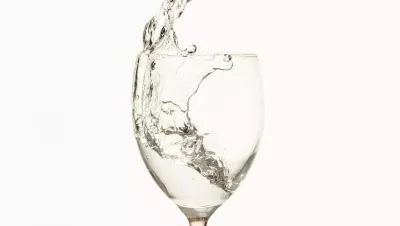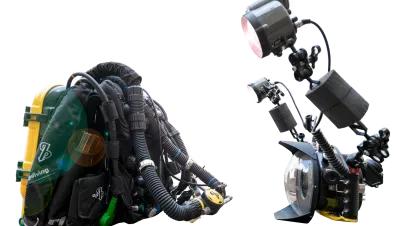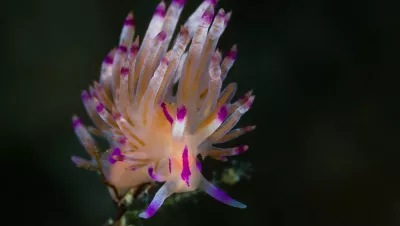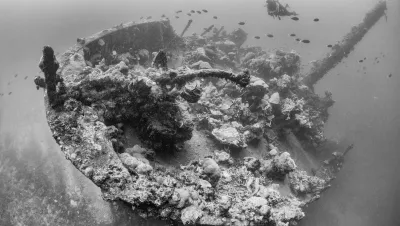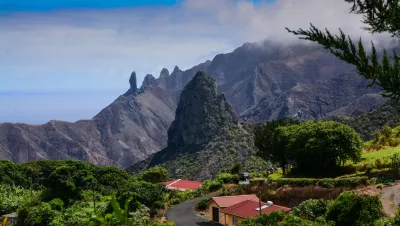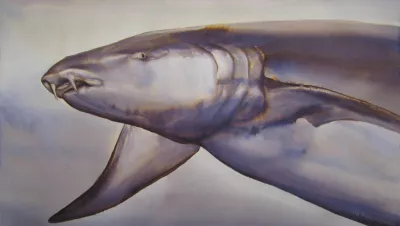In the first article in this series, we discussed the importance of building the diver’s comfort zone and how the comfort level of the newly trained diver affects his or her long-term participation in the sport. This begs the questions: how much impact does drop-out actually have on the sport; and what can the instructor do to correct the problem?
X-Ray Mag #85
Feature articles in this issue with stand-alone pdfs
Beaked whales—now honestly, who has ever heard of Cuvier beaked whales (Ziphius cavirostris) or Blainville beaked whales (Mesoplodon densirostris), or even knows what they look like? Anybody? No? It’s no wonder—they are shy animals, they can be seen at the water surface only for a very short time and they are usually not very noticeable. Unlike their relatives, the dolphins, beaked whales are found only far out to sea, far from the coast and therefore, they just simply are less well-known.
Beaked whales—now honestly, who has ever heard of Cuvier beaked whales (Ziphius cavirostris) or Blainville beaked whales (Mesoplodon densirostris), or even knows what they look like? Anybody? No? It’s no wonder—they are shy animals, they can be seen at the water surface only for a very short time and they are usually not very noticeable. Unlike their relatives, the dolphins, beaked whales are found only far out to sea, far from the coast and therefore, they just simply are less well-known.
Italian artist, designer and architect, Davide Angheleddu, creates bronze and nylon sculptures inspired by the forms of zooplankton, marine microorganisms.
X-Ray Mag interviewed the artist to find out more about his artwork, creative process and perspectives on art, technology and the underwater world.
Is underwater photography difficult? Actually, no—at least, not to any significant degree when compared with any other discipline of photography. Each single stage of creating an underwater photograph, if seen in isolation from the rest, is not so tricky. It is the sum of all its parts, as well as mastering the whole, which can appear confusing at times. It is often believed that professional photographers have “special secrets,” which make their shots stand out from the rest, but mostly, it is rather a question of following a proper mindset.
Most divers take a quick look at the shapes and varieties of feather stars, but usually pass on by, in search of other interesting subject matter. However, there is more to them than meets the eye!
The words “dive trip” are enough to make most divers start daydreaming of warm water, great visibility, thin wetsuits and talented guides who can find critter after critter. Change those words to “dive adventure” and you will find a small group of divers who immediately think of kayak diving.
I was recently given this picture, signed by David Prowse—the original actor who played Darth Vader—by one of my students. It's awesome. Why? Well, I am a bit of a Star Wars fan and a lot of a geek anyway, but also, there is a little sub-culture in technical diving, especially cave and rebreather diving, in which divers like to refer to themselves as members of the dark side! It's kind of cool—well, for us anyway, and we like the T-shirts.
This column is adapted from a chapter in my book, Scuba Physiological – Think you know all about Scuba Medicine? Think Again! The chapters in this book were originally written by scientists in the field of decompression research as part of a three-year project called PHYPODE (Physiology of Decompression). My (self-appointed) task was to rewrite their sometimes-complex research in a form accessible to all divers.
There are many advantages to diving closed circuit for the underwater image creator such as better interaction with wildlife or longer dives. However, there are also a number of disadvantages to consider such as added complexity and task loading.
There are many advantages to diving closed circuit for the underwater image creator such as better interaction with wildlife or longer dives. However, there are also a number of disadvantages to consider such as added complexity and task loading.
My dive guide finned quickly down the sandy slope and I kicked hard to keep up with him, my heavy camera and strobes creating quite a drag, slowing me down. By the time I reached the sea fan, in front of which he had stopped, I felt a thrill of excitement. I knew what he had found!
My journey to the Solomon Islands began with an exciting dive experience and an unforgettable taste of history. Passing 100ft (30m) on my way down to 170ft (52m), I began to question the intelligence of this decision. I was in a very remote corner of the globe, with minimal surface support, dropping to a very deep depth and all on a single tank of air.
The remote island of St Helena has been an enigma in the South Atlantic Ocean ande ffectively out of reach for most people. For over two decades, contributor Raf Jah had his eyes on St Helena, and he made a vow that when the day flights were announced, he would buy a ticket.
He kept that promise and this is the story of the adventure.
Plentiful nurse sharks attended the sessions I held during my shark study in Tahiti. They are heavily-built animals with large, graceful fins, a long, pennant tail, and small eyes. They forage on the sea floor for a variety of foods at night and sleep in grottos in the coral during the days. Though these unusual sharks typically lie around on the sea floor, they are also capable of clambering. They use their pectoral fins like paws to prop themselves up, while searching out food higher in the coral labyrinths.

